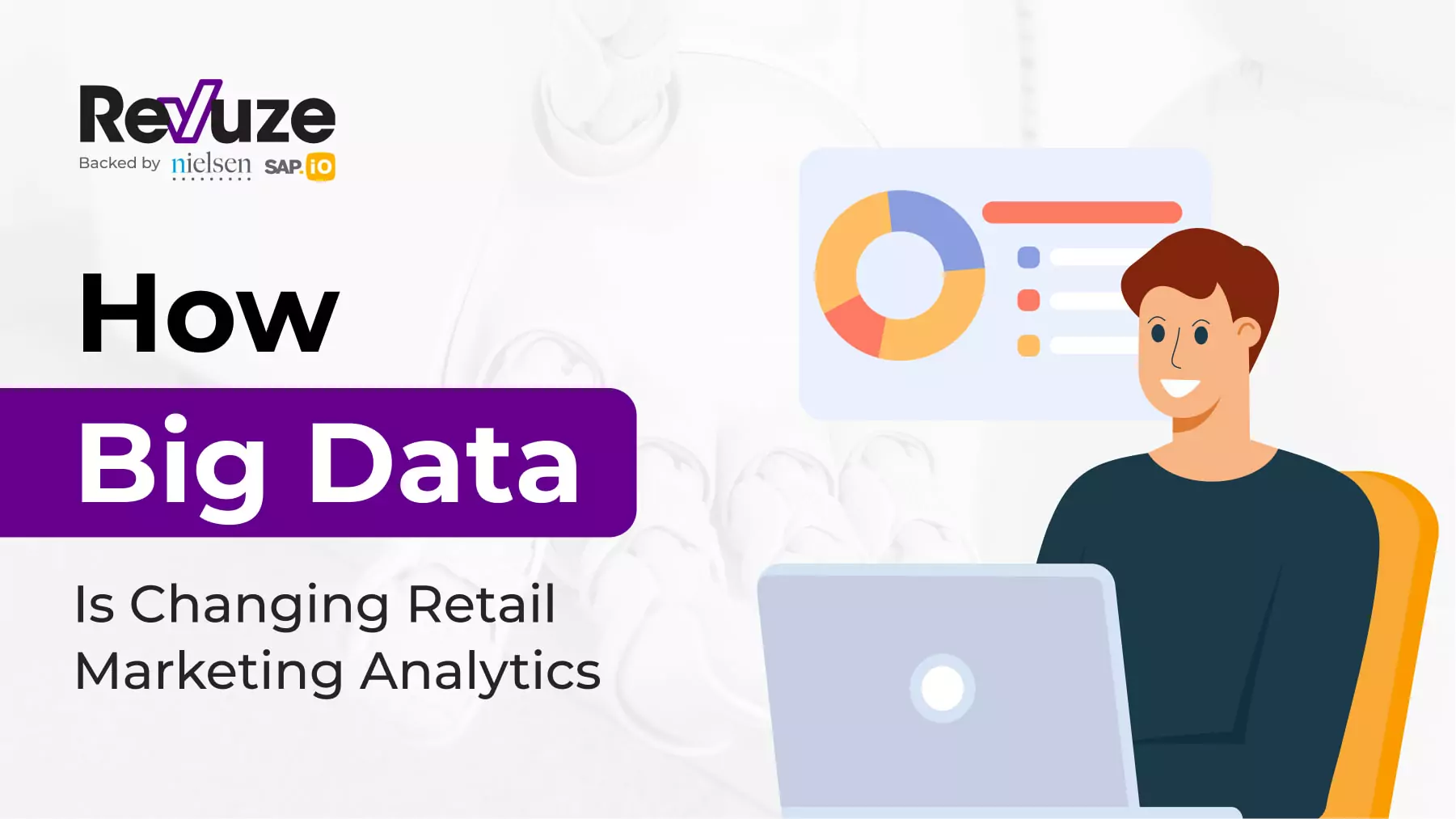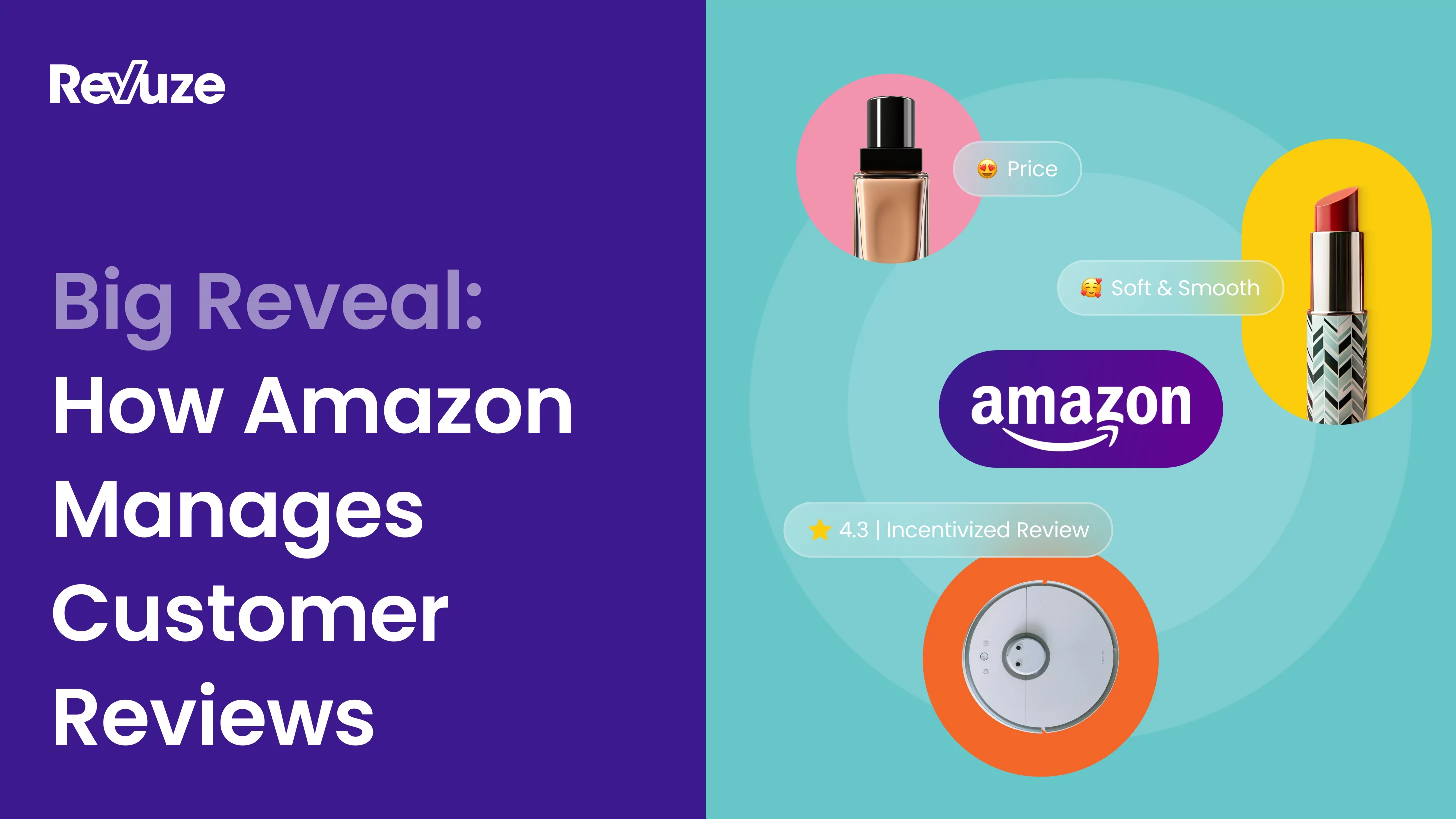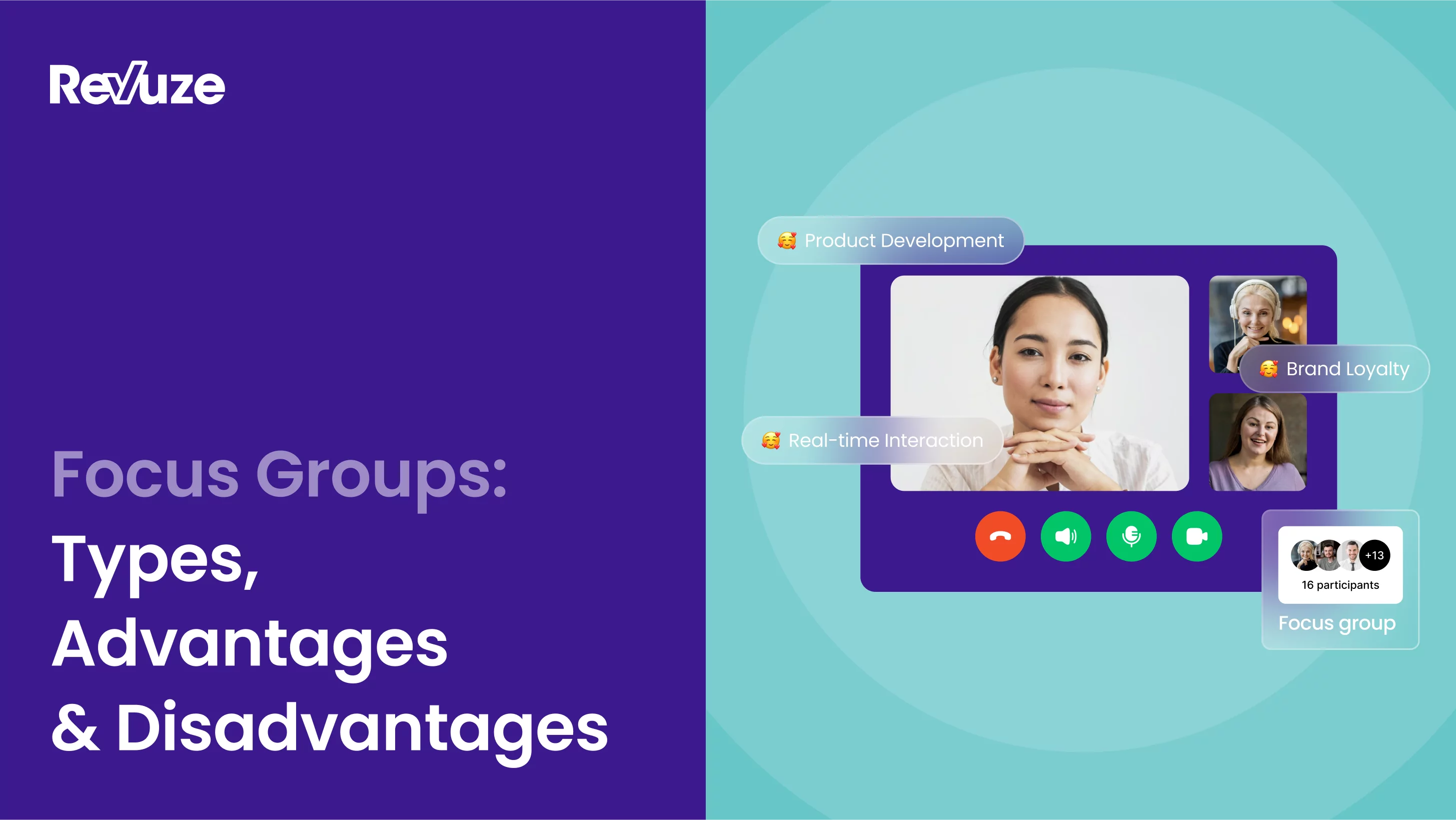
When it comes to marketing, you can’t talk about it at any length without inevitably involving data. Data is the scientific key to marketing, allowing for verifiable and testable ways of creating great branding and marketing strategies. You can do market research to try and understand the retail consumer all you like, but without involving data you’ll only have a rudimentary, qualitative view of the picture — not the best when you want to take things more in-depth.
Now you might be wondering, what are retail marketing analytics and what does big data have to do with it? Well, if you’re reading this you probably know what retail marketing is – analytics is the method by which you gain insight on your consumer base and what they’ll best respond to marketing wise. Big data has changed analytics into a more precise field, gathering data on individuals rather than groups and using said data on an individual level – something only made possible by the advent of the digital age.
Big data isn’t just about having lots of data — that’s a common mistake that some businesses can make. It’s about being able to use that data, employing methods such as text mining or AI analysis to leverage the data effectively on both the large and small scales. You can get big profits from big data, but only if you know how to use it effectively.
Changes to Analytics: Big Data Means Smaller Results
With the use of big data and the computing power to process it the focus of analytics has more and more become on the smaller details, things which matter to individuals and specific products you might sell, rather than trying to look at the whole picture. You’ll find several ways big data has changed analytics below, though this isn’t the whole story:
Use Big Data for Personalization
With traditional means of gathering data before the internet age, in addition to merely having offline means of reaching out to your target audience, analytics in the past were often vague and overgeneralised. After all, if you only have a single slot to market with you’ll want to make sure that your advertisement is as relevant as possible to as many people as possible. While a great idea for physical forms of marketing such as billboards and posters, the use of digital platforms where personalization of advertisements is possible means that you need a far more targeted form if you want to achieve the best results.
With analytics in place, you can use big data to target customers on the individual level, eliminating the need for broad, general advertisement and giving rise to far more specific and in-depth forms that are more likely to be of interest and therefore more likely to bring a return on investment.
Use Big Data for Market Basket Analytics
Getting to know what your customers tend to buy is useful. Knowing what they buy together is just as important, as it points to the consumer mindset and can give away links between products or services that would otherwise not be as noticeable. By using retail consumer data on what products are bought alongside what, you’ll be able to advertise products that would ordinarily fall into very different categories together. It can also be used to create bundles and/or offers for purchasing multiple items, a well established way to bring in more revenue. Getting an insight into the mind of your customer base is one of the best ways to understand them and what they want, with market basket analysis helping a great deal in that regard.
Use Big Data for Market Trend Prediction
Keeping up with the latest trends can be challenging for even the most skilled of personnel. Predicting the upcoming trends that might occur in the near future is something that might seem impossible – for a human, perhaps, but not for AI. Several marketing sectors have embraced sentiment analysis, a technique whereby algorithms can determine emotional context in text and extract information. Given this, market trends can be predicted from messages, news headlines or feedback, as the emotional responses these pieces provoke give an insight into a consumer’s next steps. It’s a technique already being used in the stock exchange, so you know it’s got to be promising.
Use Big Data for Customer Experience Personalization
In the same vein that analytics can determine what ads an individual might respond best to, so too can it predict what interactions with your brand will be favourable with the aforementioned individual. This is less precise than personalization of ads, as the technology to build multi-path platforms isn’t quite as well developed, but given a flexible platform such as an app or a website where multiple methods of completing the customer journey can be implemented it becomes possible to send a customer down a specific path in order to give them the best experience possible. This will not only boost revenue, but increase customer satisfaction and therefore customer loyalty.
Use Big Data for Behind-the-Scenes Operations
Big data doesn’t just help with the customer-facing part of business, in fact by taking into account predictions, trends and other information you can reliably predict what stock you’ll need in order to keep up with demand. No-one likes it when your intended purchase is out of stock, so by keeping up with the latest purchase trends and adjusting your supply chain accordingly you can ensure you almost never run out of critical stock. Other ways data can help is by using product logs or reviews to test product quality and ensure any defects or problems are compensated for in the future, to provide customers with the best product possible.
Conclusion
To sum things up, big data has changed the way organisations think about retail marketing strategies, shifting their focus from broader terms to more individualized approaches – something only made possible by the advent of high-power computing and AI. It’s also allowed for real-time analytics, letting algorithms change facets of web pages or apps at the click of a button as more data becomes available on the targeted consumer.
 All
Articles
All
Articles Email
Analytics
Email
Analytics








 Agencies
Insights
Agencies
Insights